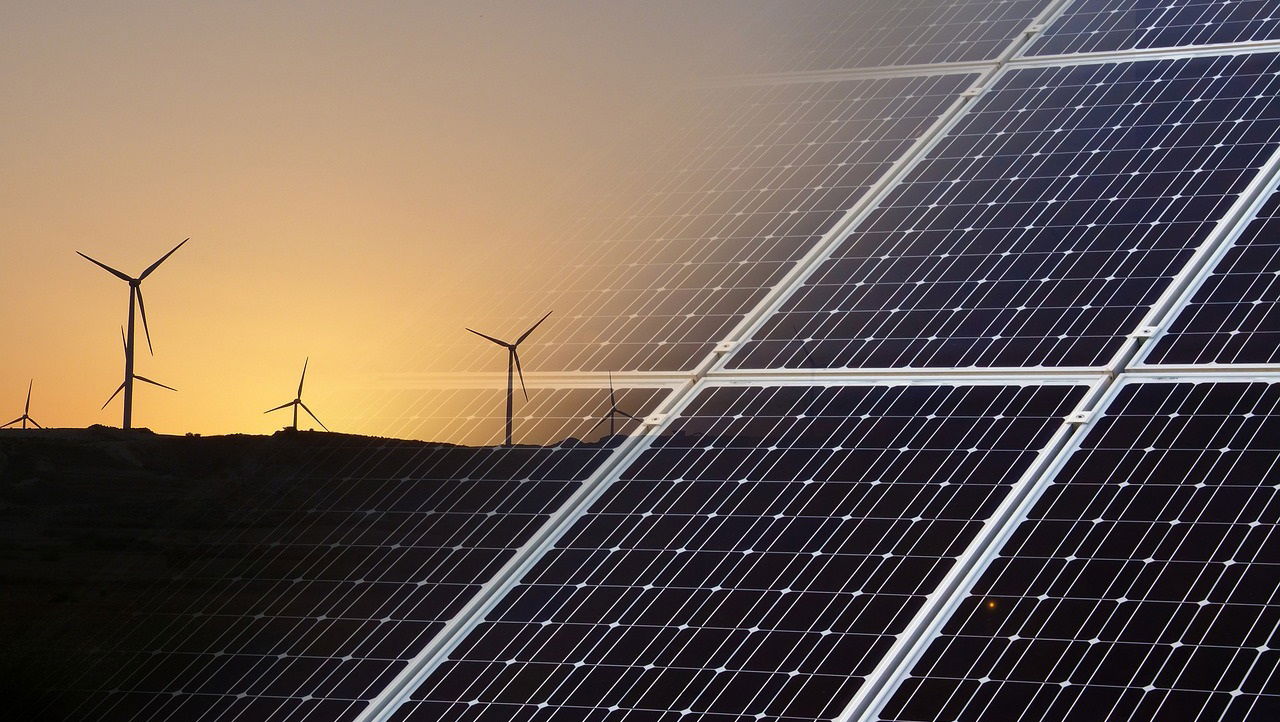
The global renewable energy sector is ready for remarkable growth over the next decade, with renewable power capacity expected to match the combined current capacity of China, the European Union, India, and the United States, according to the Renewables 2024 report released by the International Energy Agency (IEA). This report outlines a significant addition of more than 5,500 gigawatts (GW) of renewable energy between 2024 and 2030, a nearly threefold increase compared to 2017–2023.
China is expected to be a major driver of this expansion, accounting for nearly 60% of all renewable capacity installed worldwide. By 2030, China’s share of global renewable power capacity will reach almost half, up from a third in 2010. India is also emerging as a leader, registering the fastest growth among major economies. The report highlights that solar photovoltaic (PV) technology will dominate, contributing around 80% of the global renewable capacity growth. This will be driven by both large-scale solar plants and an increasing number of rooftop installations. Meanwhile, the wind energy sector is projected to recover, with its growth rate doubling between 2024 and 2030.
These developments position renewable energy as the cheapest option for new electricity generation in nearly every country. Currently, 70 nations that account for 80% of global renewable capacity are on track to meet or exceed their 2030 targets. While the world may fall slightly short of the ambitious goal set at COP28 to triple renewable capacity by 2030, the IEA believes this target is achievable with enhanced government actions, including bold Nationally Determined Contributions (NDCs) under the Paris Agreement and improved international cooperation to lower financing costs in emerging markets.
Fatih Birol, the Executive Director of the IEA, emphasized the rapid expansion of renewable energy, noting that renewables are progressing faster than governments can set targets. He projected that by 2030, renewables could supply half of the world’s electricity needs, with wind and solar PV alone doubling their share to 30%.
However, challenges remain in integrating renewable sources into power systems, particularly with the increasing rate of curtailment, where electricity generation exceeds demand. The report calls for countries to prioritize grid flexibility, modernize infrastructure, and streamline permitting processes to fully harness renewable potential.
Additionally, the report underscores the need for accelerated adoption of sustainable biofuels, hydrogen, and other low-carbon fuels, which are currently lagging behind despite their importance in decarbonizing hard-to-electrify sectors.
The global share of renewables in final energy consumption is projected to reach nearly 20% by 2030, highlighting the transformative impact of renewable energy on the global power landscape.
















